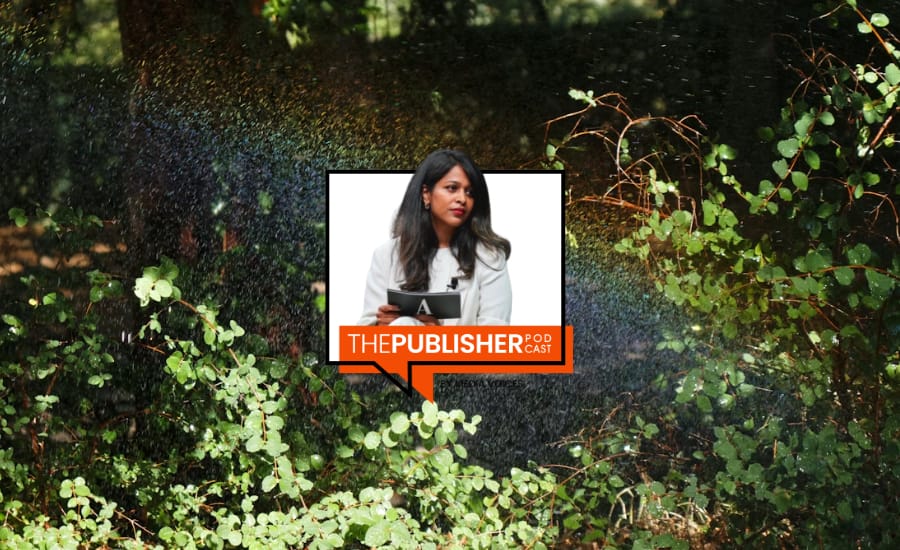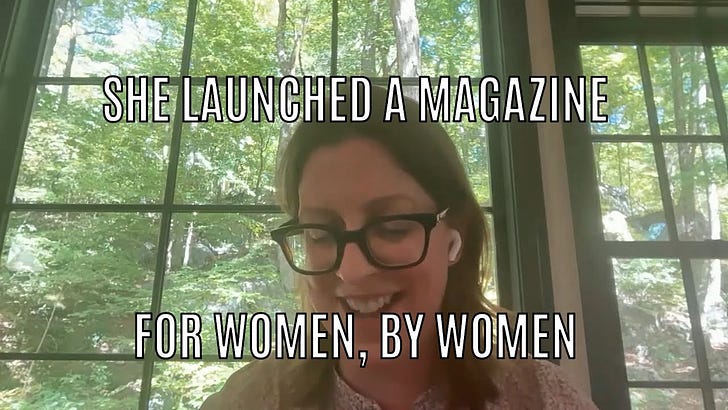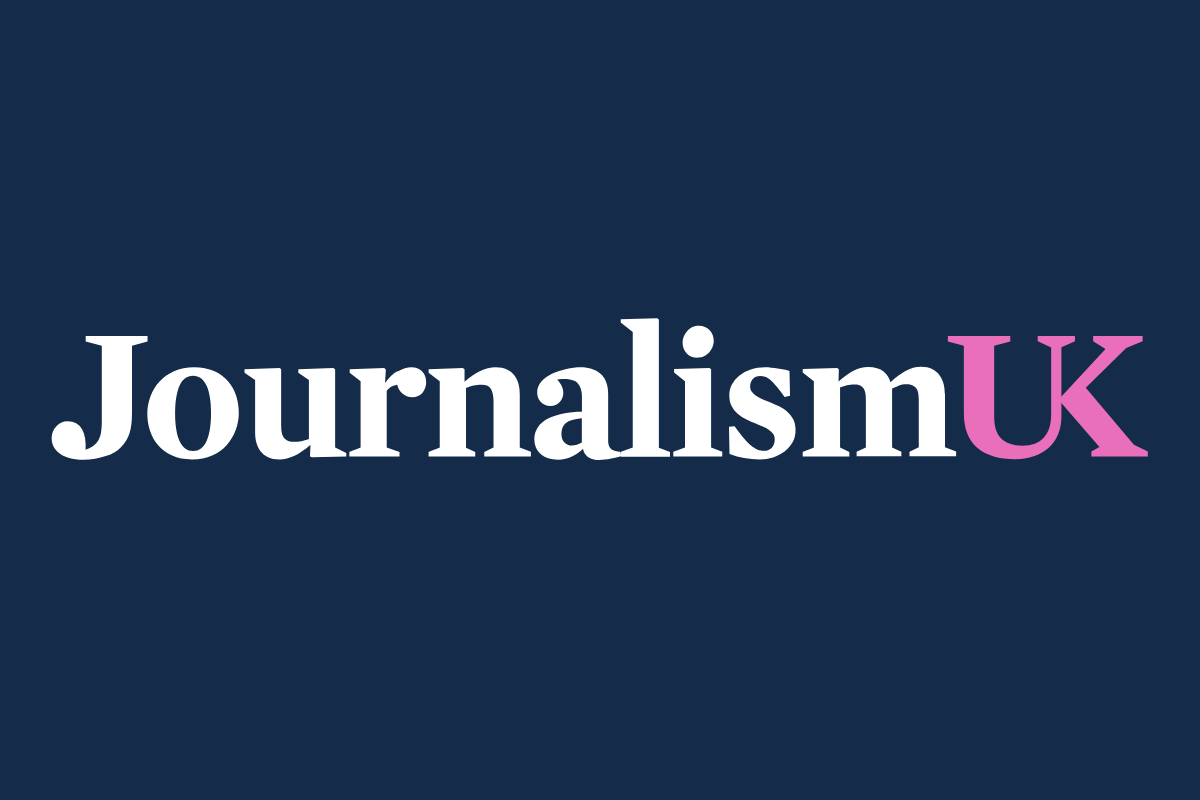- The Publisher Newsletter
- Posts
- Where The Atlantic is looking for subscriber growth in a challenging landscape
Where The Atlantic is looking for subscriber growth in a challenging landscape
Megha Garibaldi, Chief Growth Officer at The Atlantic talks about their strategies for audience growth and futureproofing amidst current headwinds.
Welcome to The Publisher Newsletter, by Media Voices: profiling the people and products powering publishing.
Where The Atlantic is looking for subscriber growth in a challenging landscape
“We’re not going to be thinking any more about easily getting tens of millions of people who just stumble upon us,” The Atlantic’s Chief Growth Officer Megha Garibaldi said. “We are expecting to be very thoughtful in going and finding audiences, rather than audiences just coming through the door.”
For subscription-driven publishers, search and discovery changes present another challenge: a dwindling pipeline of potential subscribers. As it gets harder to fill the top of the funnel with easy search and social traffic, publishers either have to get better at converting the visitors they have, or rethink their growth strategies.
The Atlantic is not immune to these problems. We caught up with Megha Garibaldi, Chief Growth Officer at The Atlantic at FIPP Congress in Madrid after one of her stage sessions.
Megha leads the consumer revenue vertical at The Atlantic, including consumer marketing. She was instrumental in helping lead the publisher to its milestone of 1 million subscribers and reaching profitability in 2024.
She spoke to us on The Publisher Podcast about the changes she’s seen in audiences’ willingness to pay over the years, the differences and similarities of working on membership and subscriber-driven publications, and where she’s looking for audience growth with the current headwinds.
Universal discoverability challenges
When paywalls first came onto the scene in earnest, from the early 2010’s onwards, it was also a time when publishers had vastly greater volumes of ‘foot traffic’ to their brands, with search and social platforms favouring news.
Megha pointed out that while consumers are more attuned to the idea that high quality journalism is often funded by subscription models, this needs balancing internally with discoverability: exposing people to your work and brand, especially in the long term.
She believes that solving this will come from understanding what a publication’s strengths are. The Atlantic’s Editor in Chief Jeffrey Goldberg talked in a recent interview about wanting to be “the greatest writer’s collective on the planet.” But it is not just having the best writers, excellent journalism, in-depth reporting and analysis: they also believe there is a market willing to pay for it.
The problem with the last few decades of easy traffic, according to Megha, is that it lulled publishers into thinking audience acquisition was a zero-cost exercise. “It didn’t come at zero cost, it came at a very big cost for us,” she explained. “But in terms of marketing dollars, it was zero cost, and it was very easy with SEO, social sharing, virality, and all of these things.”
“We’re not going to be thinking any more about easily getting tens of millions of people who just stumble upon us. We are expecting to be very thoughtful in going and finding audiences, rather than audiences just coming through the door.”
The Atlantic, like many other publishers, has also seen a recent rise in demand for direct connections with the brand’s writers. In response, they have launched an ‘Author follow’ feature so that readers who want to hear more from key journalists like Adam Serwer or Anne Applebaum can follow new stories from that specific individual.
Otherwise, Megha is very much focused on what The Atlantic can control internally. “What are the formats, what are the places we need to thrive at, and what are the skill sets we need to build in this new era?” she said, noting that they’re looking at direct touchpoints like newsletters and optimising the user journey through them.
At every point a consumer might interact with The Atlantic, her team is exploring how to make the most of that, from payment methods and newsletter onboarding to conversion messaging. “All of those things are in our control, and we need to do well with all of those,” she pointed out.
Conversion messaging that resonates
Megha’s previous role was leading consumer revenue growth for the Guardian in North America, so she’s no stranger to the work it takes to convince people to pay for news, even if it’s free to read.
She thinks that propensity to pay is higher than we assume, and that readers expect to be asked, particularly in the markets The Atlantic is targeting. “There is an expectation that they are potentially going to hit a paywall,” she said. “That might turn away a few people. But again, it’s on the strength of the brand and the strength of the story.”
During her talk at FIPP Congress about how the publisher maintains an edge in a multiplatform world, she outlined that they often survey people just after they’ve subscribed to find out what persuaded them. “Many say, ‘I want to support you’,” she pointed out. “So even though it’s a utility-based offering to a consumer…many are [paying] because they want to support The Atlantic and the work we are doing. And we shouldn’t forget that.”
The Atlantic has a ‘smart’ paywall which offers articles on a free trial basis depending on referral trends, but content is otherwise “aggressively paywalled.” “What we realised was that people are either willing to pay or not, so we should ask them to pay,” Megha stated when sharing her thinking behind dynamic or metered offerings.
She told The Publisher Podcast that she believes we’re past the point where people are up in arms about being asked to pay. But messaging still matters. Sometimes – like in the case of Jeffrey Goldberg getting accidentally added to the White House Signal group chat – everyone is talking about a story, which drives subscriptions as others look to get up to speed and read it for themselves.
Other times, they lean harder into messaging around the importance of supporting independent journalism, with senior editors writing more personal notes emphasising supporting rather than subscribing. “It ebbs and flows in terms of when you lean in and when you don’t,” Megha explained.
Turning attention to retention
Between launching a paywall in 2019 and hitting their 1 million subscriber milestone in 2024, The Atlantic was laser-focused on acquisition. “We were turning all the knobs and tightening the screws, and getting really good at [acquisition],” Megha said, sharing that they assumed subscribers would stay due to the quality of the journalism.
However, now they are at a significant scale, Megha is now turning to retention. “We’re really focusing on the subscriber engagement levels,” she explained. “But if you don’t have quality journalism, nothing else is going to work. You may have the best processing, the best recirculation modules, and the best consumer marketing. But nothing will work if you don’t have quality journalism.”
Dormant subscribers have also been on the strategy table. Megha shared that at one point, they realised a higher percentage of subscribers were dormant than they would like. They initially discussed options to ‘wake’ subscribers who hadn’t engaged in a while.
“What we realised was, actually, it’s not about waking them up, it’s about not letting them go to sleep,” she pointed out. “So that means you need to move some of your engagement tactics to earlier in the life cycle. What does it look like between day 1 and day 60, verses day 300? These are things that we are now really focused on getting excellent at, because we feel pretty confident with the acquisition ecosystem, and the stakes [here] are higher.”
In June, The Atlantic launched a new suite of puzzles and games. These include a Tetris-like word game, a daily crossword puzzle, and an original word game called Fluxis. “If you give a subscriber a really intelligent game, they’re going to think that the value of the subscription goes up…that shows in the numbers,” Megha said. “So we’re really thinking very deeply about all of these engagement points.”
By humans, for humans
The final strategy Megha is leaning into for growth is humanity. She sees opportunities for AI in terms of operational effectiveness and identifying opportunities, but The Atlantic will always be written “about humans, for humans, by humans.”
“I think that builds a protective shield for us,” she said. “I strongly believe as we step deeper and deeper into the opportunities of AI for consumers at large, the human [connection] is going to grow.”
This is another reason for centering writers and leaning into human-produced content with visible faces. “People are going to feel that if they know a particular piece is written by a person who is thinking about things and is able to provide that context, I think there’s going to be value,” Megha speculated. “I believe in humanity, and humanity trying to find value in what humans are creating.”
Despite helping The Atlantic pass a significant milestone and now enjoying over 1.4 million subscribers, Megha noted that they aren’t too bullish about numbers. “What we are focused on…is how can we be a meaningful force in somebody’s life, while being very clear about our mission, and being very, very thoughtful about our quality.
“The assumption is, that will scale. And that is what has happened.”
Listen to the full conversation with Megha Garibaldi in this week’s episode of The Publisher Podcast, available wherever you find podcasts.






